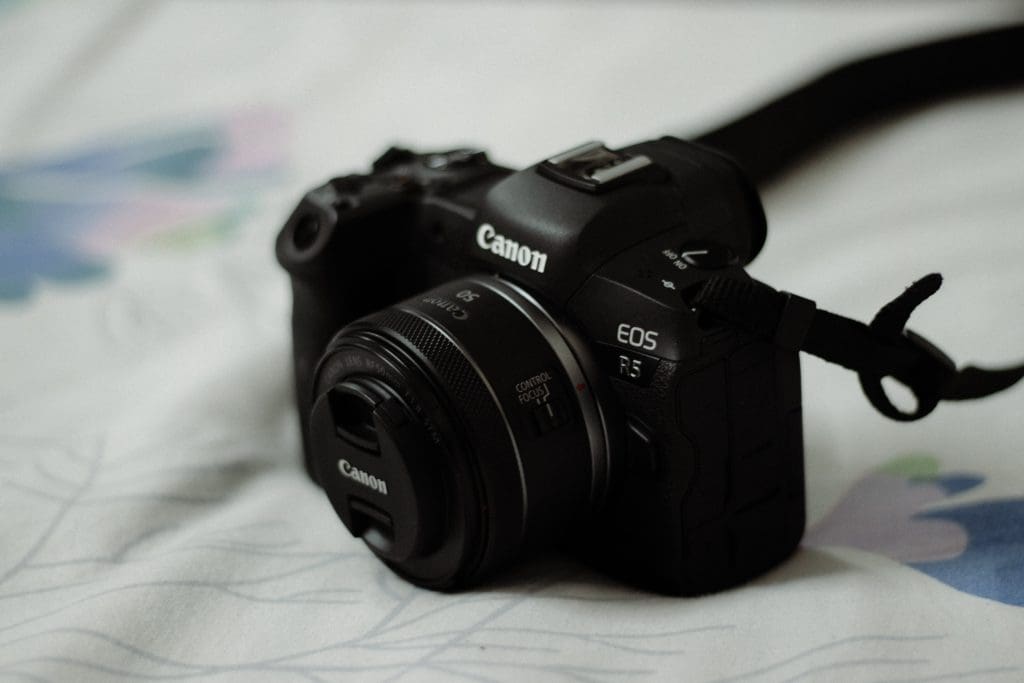We love gear that provides endless features and seems to tackle any problem with innovative algorithms and technology. But do we take advantage of them and know how and when to use them? For the past ten years, most camera brands have offered the pixel shift multi-shot feature in at least one of their camera models. Here is everything you need to know so you do not miss the opportunity to use it.
What Means Pixel Shift Multi-Shot?
Pixel shift multi-shot is a feature that uses image stabilization technology to increase the native resolution of the sensor. To stabilize the image, the sensor is surrounded by a magnetic field that keeps it still during shooting. However, the same field can be used to move the sensor intentionally.
And that’s what pixel shift multi-shot does: it takes multiple shots, moving the sensor with 1 pixel between shots. Then, the camera either puts all the shots together and creates an image or provides all the frames for you to stack them in post-processing. As a result, by using pixel shift multi-shot, you increase the native resolution of the sensor. Most cameras providing the feature boost the resolution by 400%. However, Canon EOS R5 can boost the resolution by 1000%, reaching astonishing 400MP images.

Photo by Dollar Gill on Unsplash
How and When
It’s obvious that you should use pixel shift multi-shot whenever you need exquisite levels of clarity, sharpness, and detail. Increasing resolution also helps when you plan to enlarge your photos or need all the information you can capture for post-processing. Consider achieving higher-resolution images when you intend to print them.

However, pixel shift multi-shot has a few drawbacks that limit the type of photo setups you can use. Because it uses image stabilization technology, it disables image stabilization while in use. Therefore, you need to stabilize the camera in other ways, most likely by mounting it on a tripod. Any tiny camera movement during the process will produce blurred photographs.
At the same time, this process requires a few seconds to move the sensor, acquire the frames, and optionally stack them together. During this time, the subject must not move. Otherwise, it will look like a ghost. This limits your options to static photo setups, such as studio commercial photography, real estate photography, architecture photography, and landscape photography during windless days.

Photo by John Fowler on Unsplash
Conclusion
Pixel shift multi-shot feature is available with mirrorless and medium format cameras. You can find options among Nikon, Canon, Fujifilm, Olympus, Sony, Panasonic, and Pentax cameras. It may not be a must-have feature for buying a camera, but if you buy one with this feature, ensure you make the most of it. Practice in a controlled environment and see what it can do for your photography.
Cover photo by Claudio Schwarz on Unsplash

